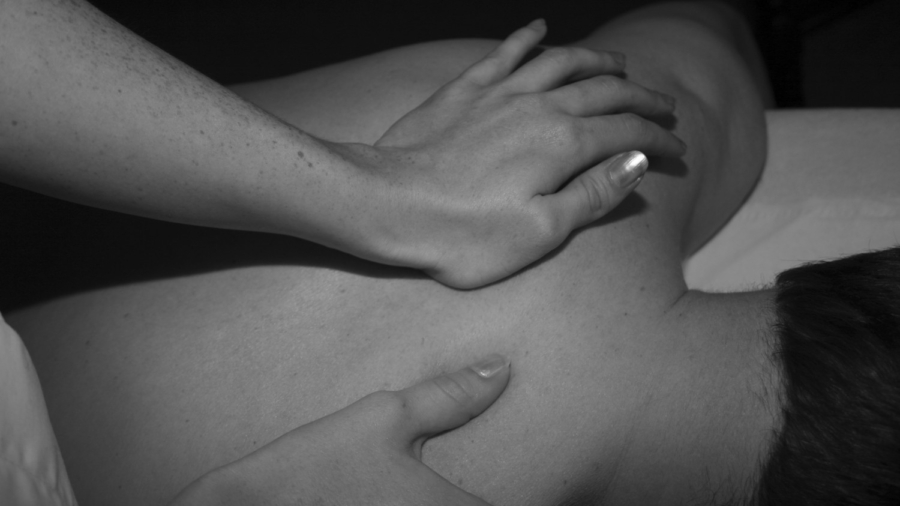Research estimates that 15 to 20 percent of adults have back pain per year, while 50 to 80 percent experience at least one episode of back pain in their lifetime. With such a common ailment, one would think that conventional treatment methods would be very effective.
More than two decades ago, Dr. Robert D. Sibley, Jr. often performed surgery on patients with back and neck problems at the Orthopaedic Hospital in Los Angeles. However, he became concerned that some of his patients only received temporary relief, while others even got worse.
According to research, 43 percent of people who do not need surgery and are treated with other methods have their back pain recur within one year. For patients who do qualify for surgery, clinical trials “indicate that only a small proportion of patients do well from surgery.”

In a study of spinal fusion surgery, only 29 percent of patients rated themselves as “much better” after two years and none of the patients reported being free of pain. Research analyzing patients who underwent disc replacement found that 64 percent of patients treated still took opioids two years later.
Sibley realized that traditional medical treatments for such pain focused on reducing symptoms and were not highly effective. He began to do research at his clinical lab to find a more comprehensive way of treating the true source of back and neck pain.
Finally, he stopped doing surgery altogether.
“It’s not working. That’s what common sense will tell you,” he told The Epoch Times.
A Different Approach
Sibley found that the primary source of back and neck pain in his patients came from the joints of the spine, which caused surrounding muscles to tighten up to protect the spine, thus creating a secondary source of pain.
While most people believe back pain comes from disc problems, Sibley found that the majority of the pain came from the facet joints of the spine. The facet joints are located behind the discs and are protected by cartilage, like knees and hips. This cartilage can wear down over time.
“Little by little, we started finding things that worked,” he said. “Then we found out how to restore the cartilage.”
The doctor now uses unique treatment methods to isolate the spine and deliver carefully calculated progressive resistance loads and motion to affected areas of the back and neck. Instead of reducing movement to the spine and surrounding muscles, this method purposely creates movement that’s designed to stimulate tissue, disc, and joint cartilage growth and repair.
Supplements are also given to supply some of the necessary building blocks to enhance healing. The treatment can take up to several months and requires about 15 minutes up to twice a week. However, the results have lasted at least several years for Sibley’s patients, and often much longer.

The doctor has now treated 4,000 cases in 23 years, and he claims an 80 to 85 percent success rate for people who went through his program. Among 171 patients from one medical group who qualified for surgery and were treated by Sibley, only 16 ended up going through the surgery.
One of the doctor’s first patients was also a doctor who was very athletic and enjoyed skiing and playing golf. In college, he had been a nationally ranked athlete. However, as he got older, he had developed constant back pain, and he had reached the point where he couldn’t stand or sit for more than five minutes.
The doctor, a radiologist, had tried numerous treatments, but nothing gave him relief. Fortunately, Sibley was able to help him, and the man no longer needed any medication. He was back to doing the things he loved and was no longer in pain. However, there was an even greater benefit.
“With chronic back pain, you automatically get depression,” said Sibley.
The radiologist was shocked and amazed to no longer feel so hopeless; he was even more grateful to be free of the depression than free of the back pain.
Another patient had endured back pain for nearly 50 years. She came into the doctor’s office with a walker and said she was in pain 24-7. She had even contemplated suicide.
After the treatment, she now goes surfing and kayaking, and she can ride a bike 20 miles in one day with her husband, said Sibley.
The doctor says he’s now working on proving how his comprehensive method effectively treats pain in the back and neck by restoring the cartilage in the facet joints of the spine.
From The Epoch Times


